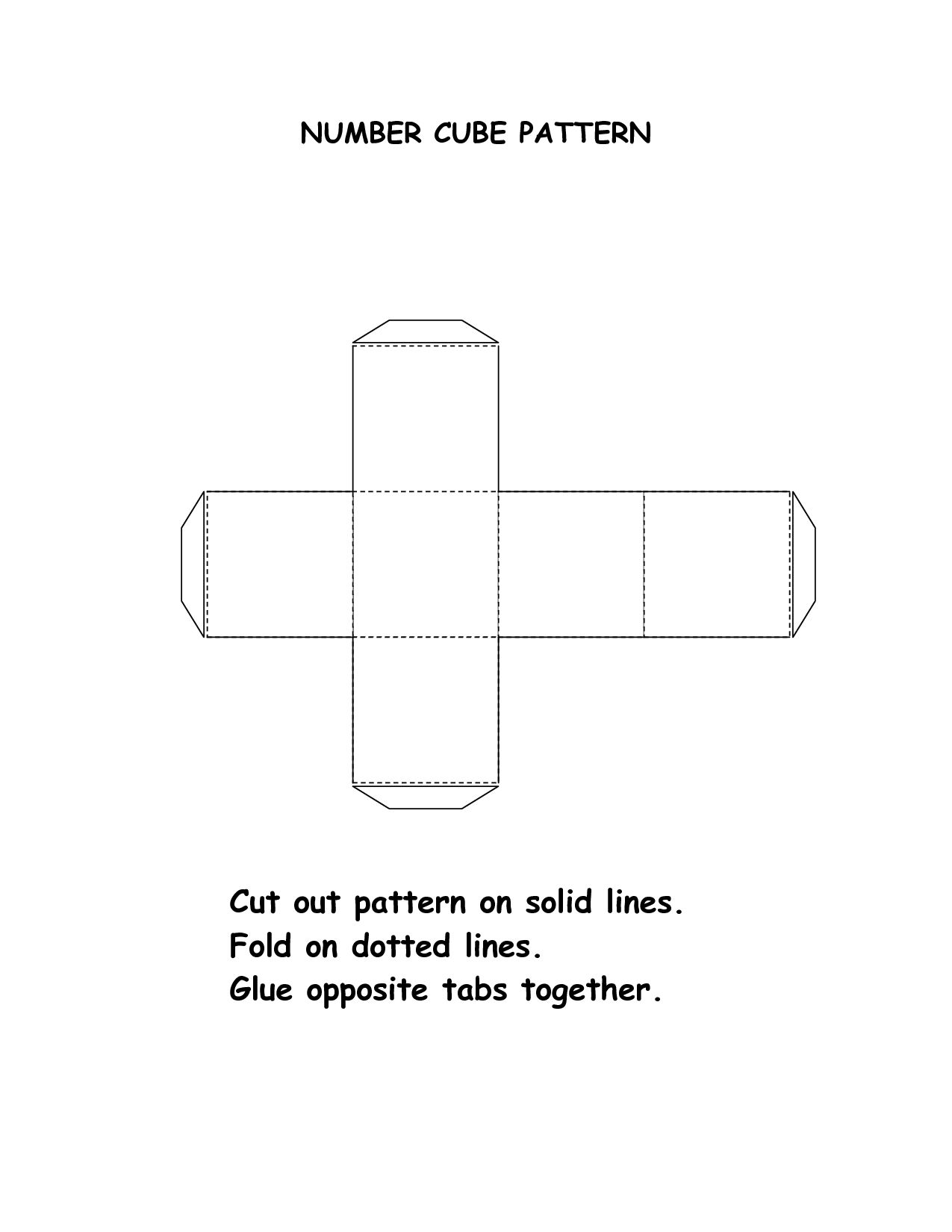The Beauty of Shapes
Shapes are all around us. They can be found in nature, in everyday objects, and even in our own bodies. These simple forms hold great significance in our lives, as they provide structure, balance, and aesthetics to the world we live in.
Exploring 3D Shapes
One fascinating aspect of shapes is their three-dimensional nature. They have depth, volume, and give objects a sense of space. From cubes to spheres, cones to cylinders, the world of 3D shapes is incredibly diverse and intriguing.
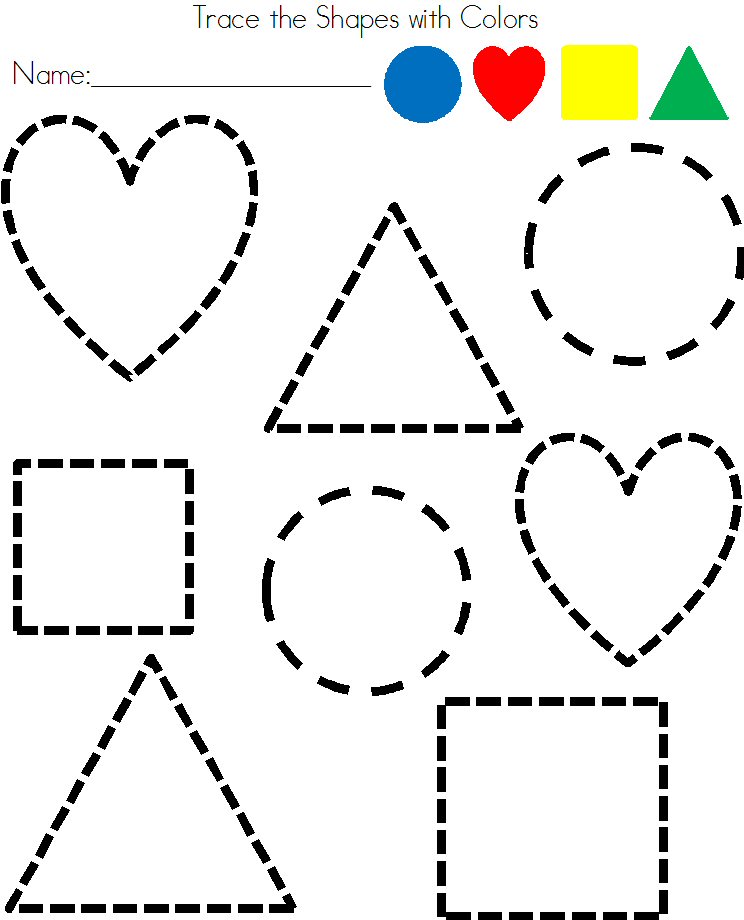
Children, especially those in their early years of education, are often encouraged to explore and interact with 3D shapes. The tactile experience of holding and manipulating these objects helps them develop a deeper understanding of spatial concepts and object recognition.
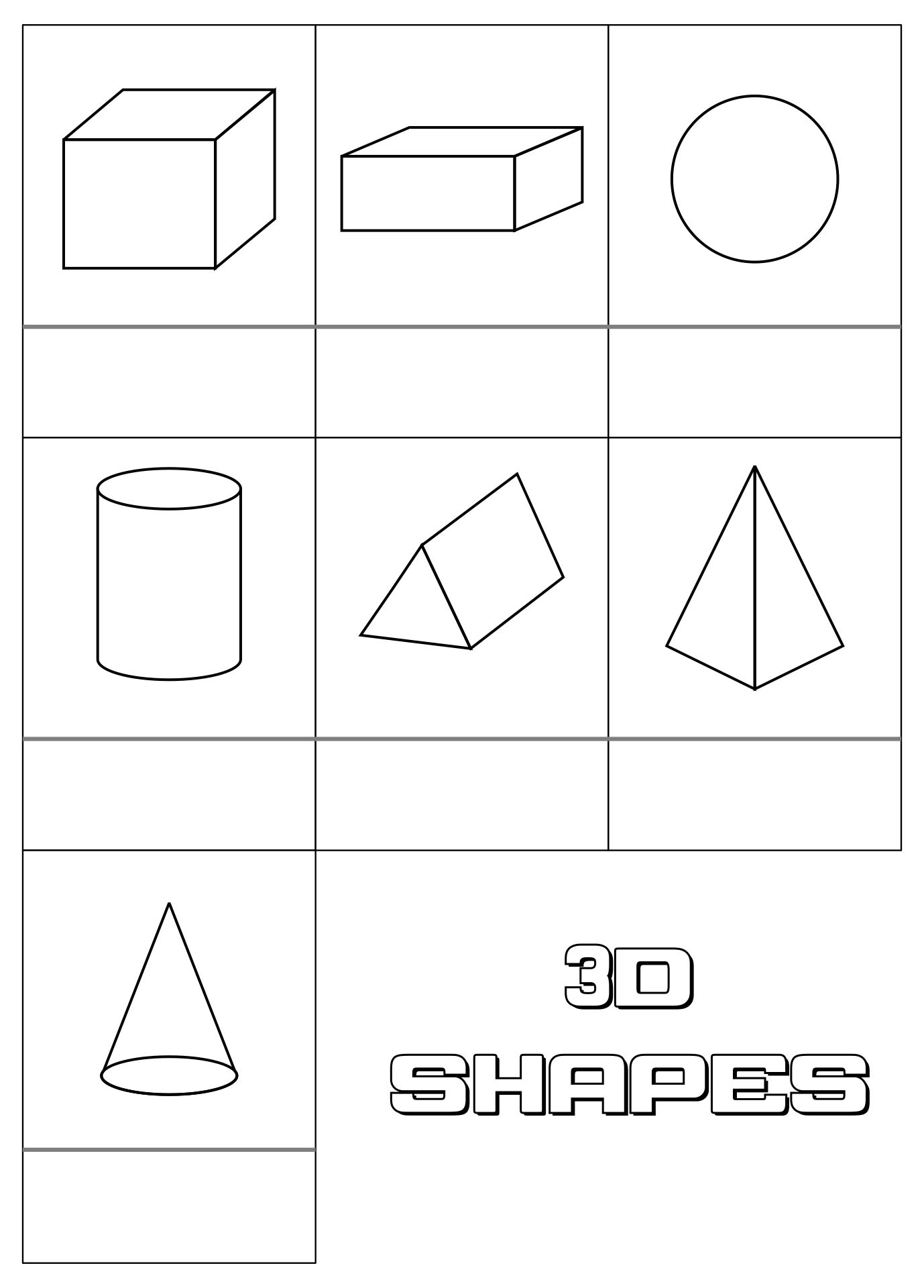
Shapes and Learning
Shapes play a significant role in early childhood education. They are often incorporated into lessons and activities to enhance cognitive development and critical thinking skills. By identifying and categorizing shapes, children learn to observe, compare, and differentiate between various objects and their attributes.
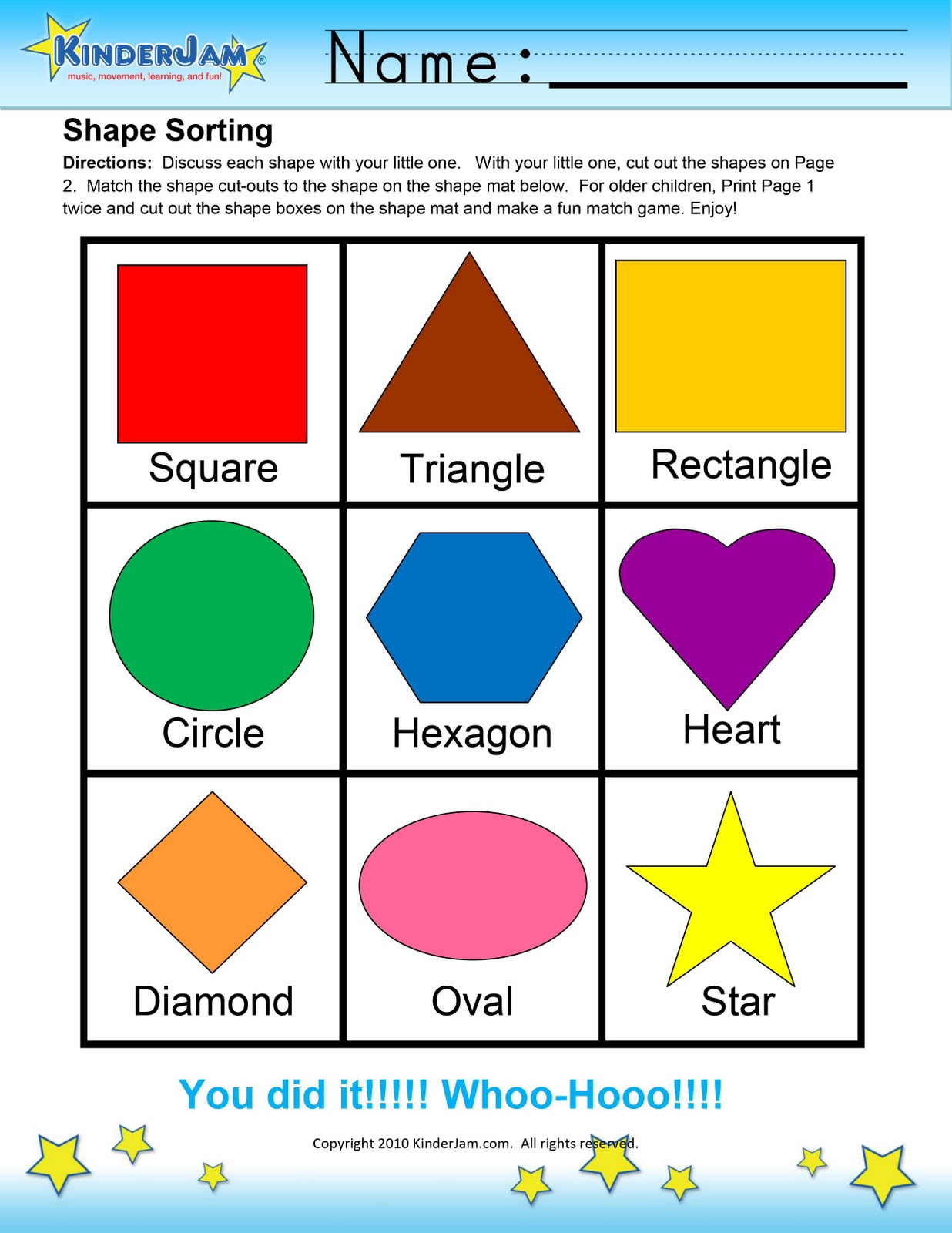
Music and movement are also combined with shape recognition in programs like KinderJam. This approach not only makes the learning experience enjoyable but also enhances retention and comprehension.
Unleashing Creativity with Shapes
Shapes are not just confined to the realm of mathematics and education; they also serve as a wellspring of inspiration for artists and designers. The harmonious arrangement of shapes in paintings, sculptures, and architecture creates visually pleasing compositions that captivate the viewer’s attention.
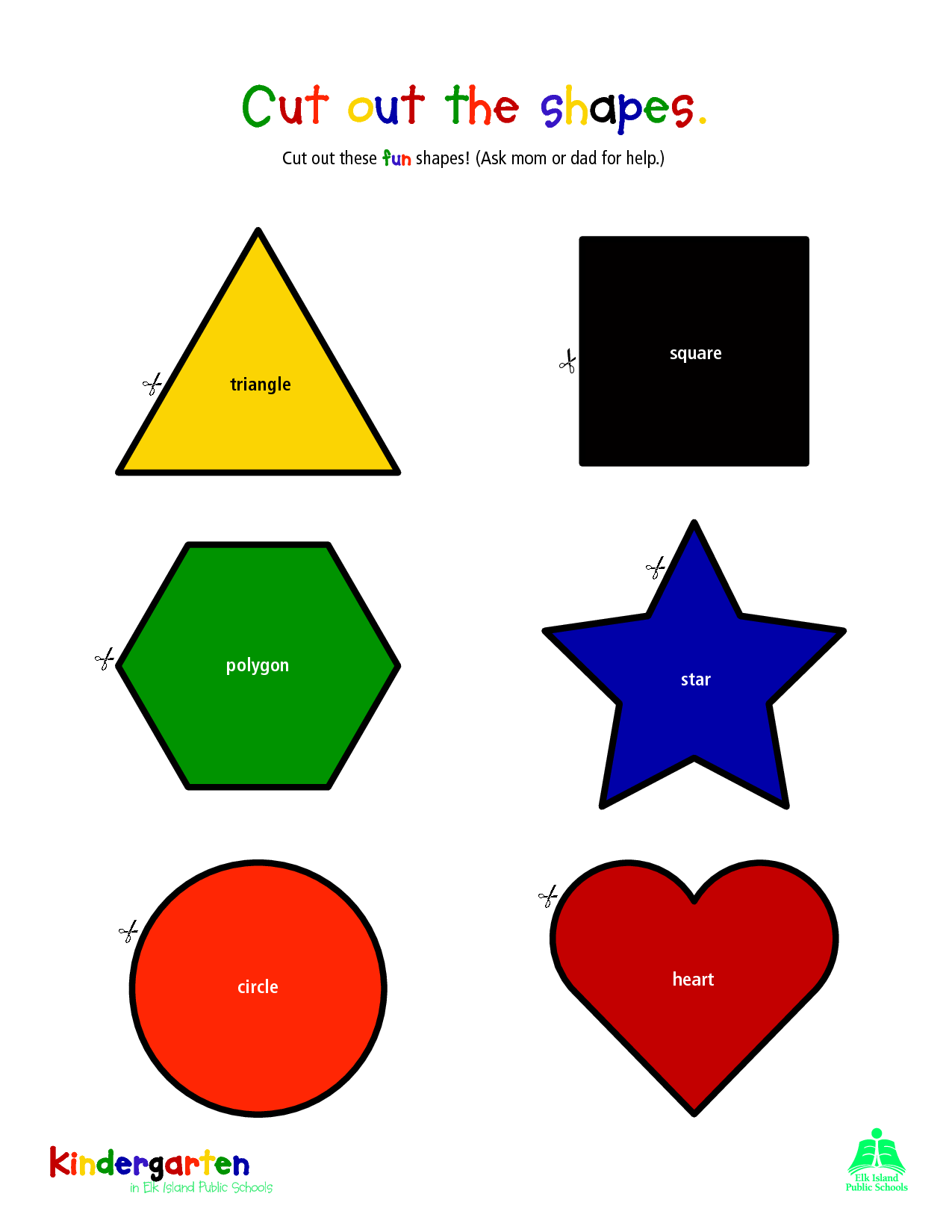
Geometric shapes, in particular, have a timeless appeal. They possess an inherent order and symmetry that resonates with our aesthetic sensibilities. It is no wonder that artists throughout history have utilized geometric shapes as the foundation of their artistic expressions.
Shapes in Our Daily Lives
While we may not always consciously realize it, shapes have a significant impact on our day-to-day activities. From the spherical form of a basketball to the cylindrical shape of a pencil, our interactions with objects rely on our understanding of their shapes.

Even in nature, shapes hold sway. The symmetry of flowers, the spiral patterns of seashells, and the intricate symmetrical forms of snowflakes all bear witness to the prevalence of shapes in the natural world.
The Versatility of Shapes
Shapes transcend cultural boundaries and time periods. They are a universal language that humans can understand and appreciate, regardless of their background. Whether it’s the delicate curves of a calligraphy stroke in East Asian art or the bold geometric patterns of tribal motifs, shapes are deeply intertwined with our cultural heritage.
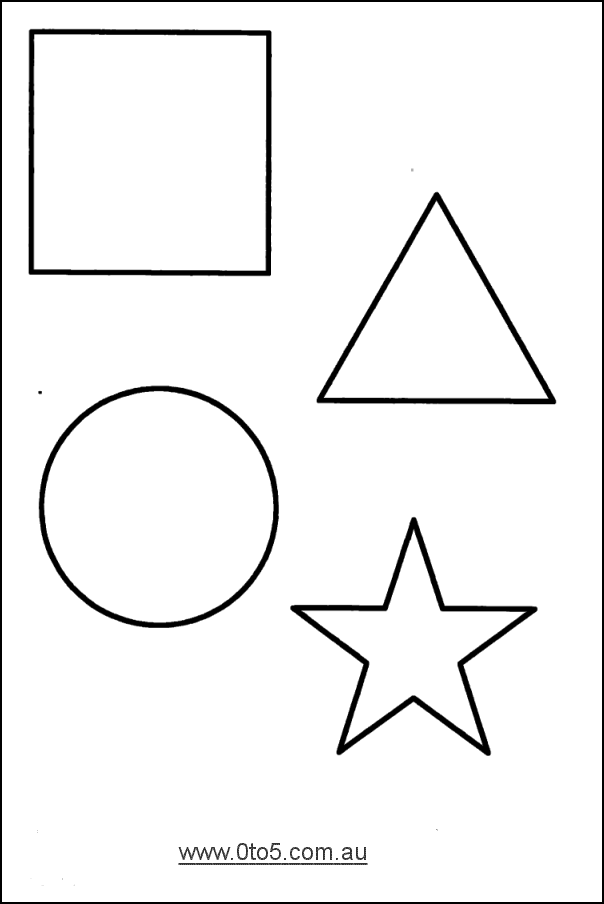
Shapes also find practical applications in various industries. Architects utilize shapes to design structurally sound buildings, while industrial designers implement shapes to create ergonomic and visually appealing products.
Conclusion
As we navigate through life, let us take a moment to appreciate the beauty and significance of shapes. From their educational value to their artistic allure, shapes are an integral part of our existence. Next time you encounter a shape, take a closer look and ponder on the wonders it holds.
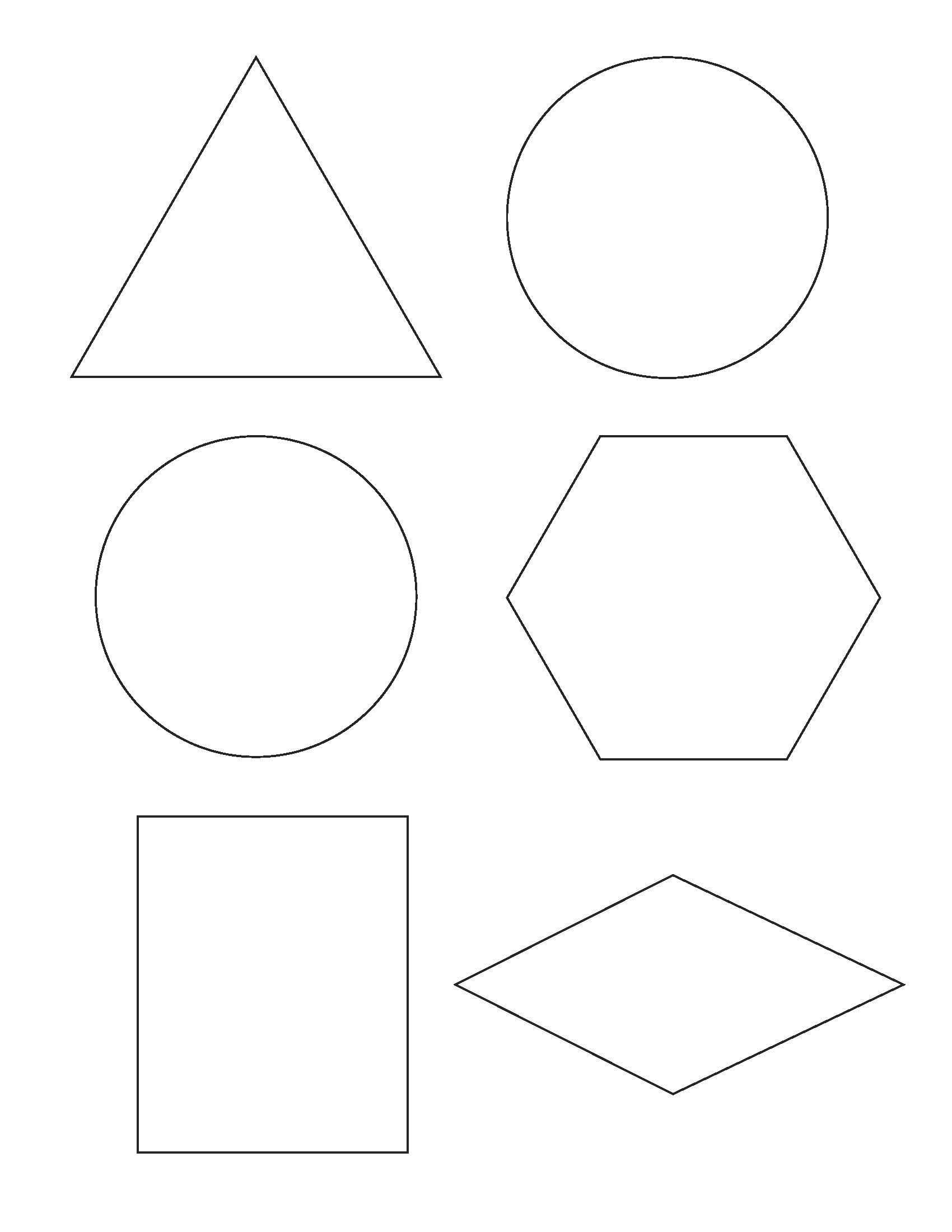
Shapes are not mere abstractions; they are the building blocks of our visual world, and they deserve our attention and admiration. So, let us celebrate the splendor of shapes and embrace their ever-present beauty.
